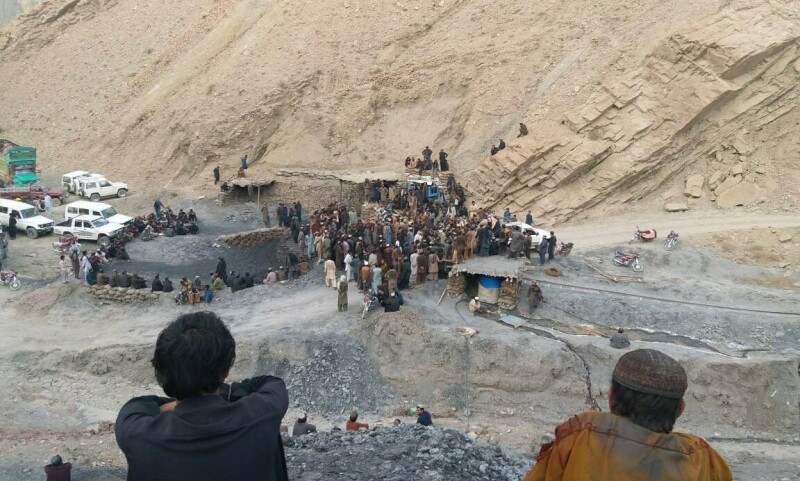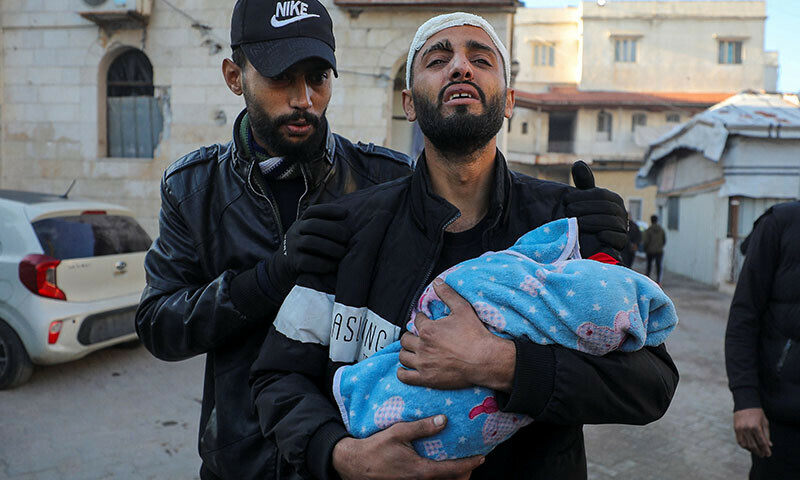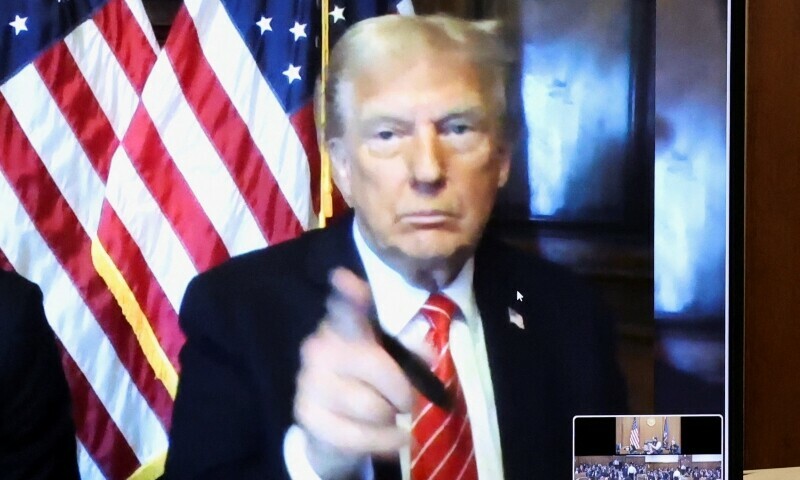The bodies of four miners were recovered on Friday during a rescue operation near a coal mine in Quetta after a dozen mineworkers were left trapped therein following an explosion a day ago, rescuers said.
Deputy Director of Rescue Asghar Ali Jamali said, “The bodies of four of the 12 miners have been recovered.”
Chief Mines Inspector Abdul Ghani Baloch said that other mineworkers were still trapped inside the mine and “a rescue operation to evacuate them was underway.”
Balochistan Provincial Disaster Management Authority (PDMA) and Mines Department were busy removing the debris using heavy machinery, he said.
The chief inspector further said that the mine passage was completely blocked due to the explosion, which had been partially restored after several hours of efforts.
“Power cables were cut inside the mine, and were being re-laid to allow access to the trapped miners by trolley,” he added.
He expressed that the miners’ chances of survival “are very low”.
According to the Jamali, the miners were at a depth of about 4,200 feet, while two rescue personnel fainted due to the gas during rescue operations.
Meanwhile, Labour Federation president Lala Sultan said that any further delay in rescuing the miners could pose a serious threat to their lives.
The explosion occurred in the Sanjdi coal mine, situated around 40 kilometres southeast of Quetta, due to the accumulation of methane gas there.
“We are trying to enter the mine through an alternate way and release the accumulated gas,” Baloch had earlier said.
Accidents in coal mines are a frequent occurrence in Balochistan, where safety procedures are flouted by mine owners and miners are forced to work in perilous conditions. Baloch said that 82 miners were killed in 46 accidents last year.
In June last year, at least 11 people died after inhaling methane gas inside a coal mine in the Sanjdi area, some 50 kilometres from Quetta. The victims included nine coal miners, a coal company manager and a contractor.
A report by the Human Rights Commission of Pakistan in 2023 pointed out that health and safety standards were seldom put in place in these mines “primarily because of sporadic and irregular mine inspections”.





Leave a Reply